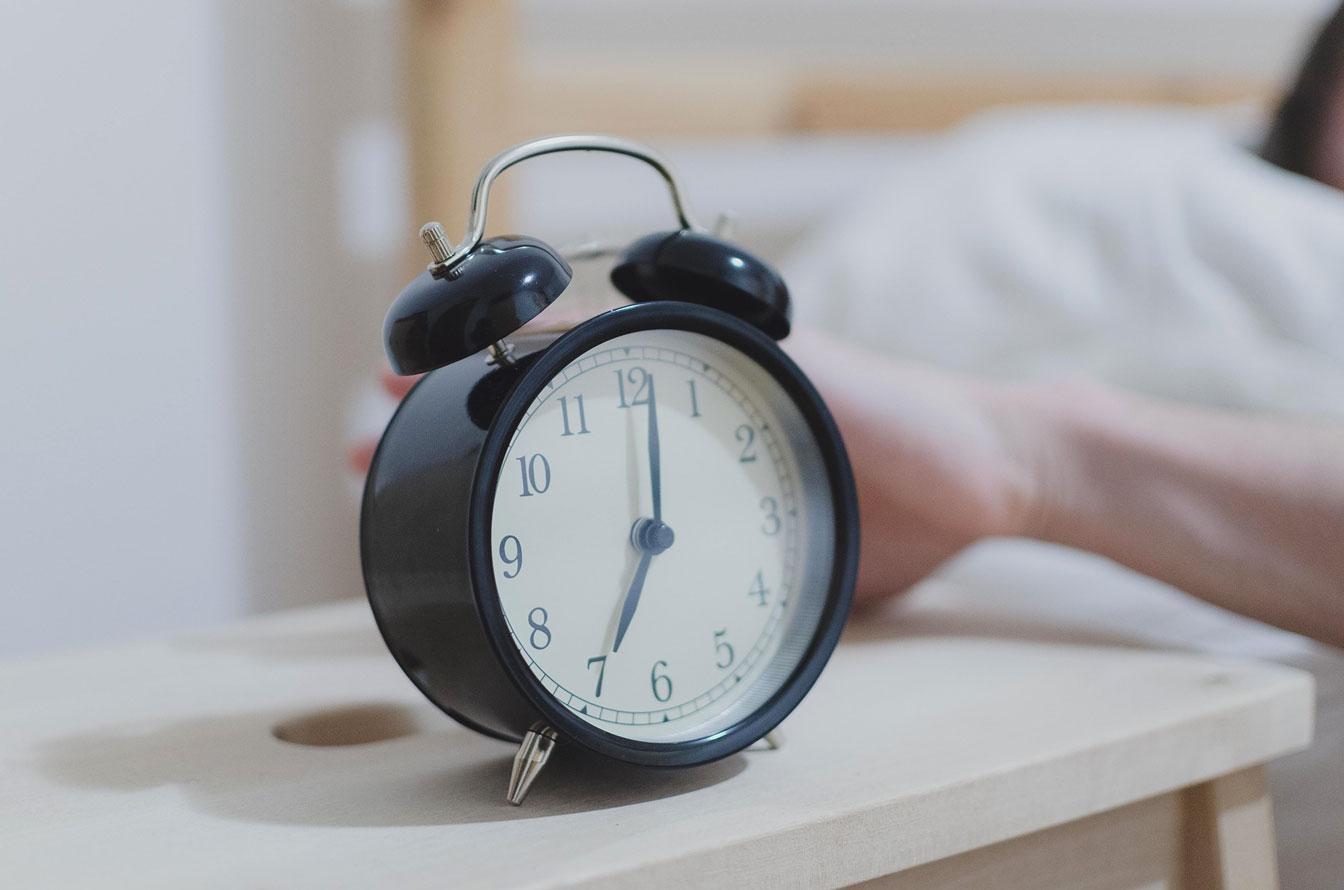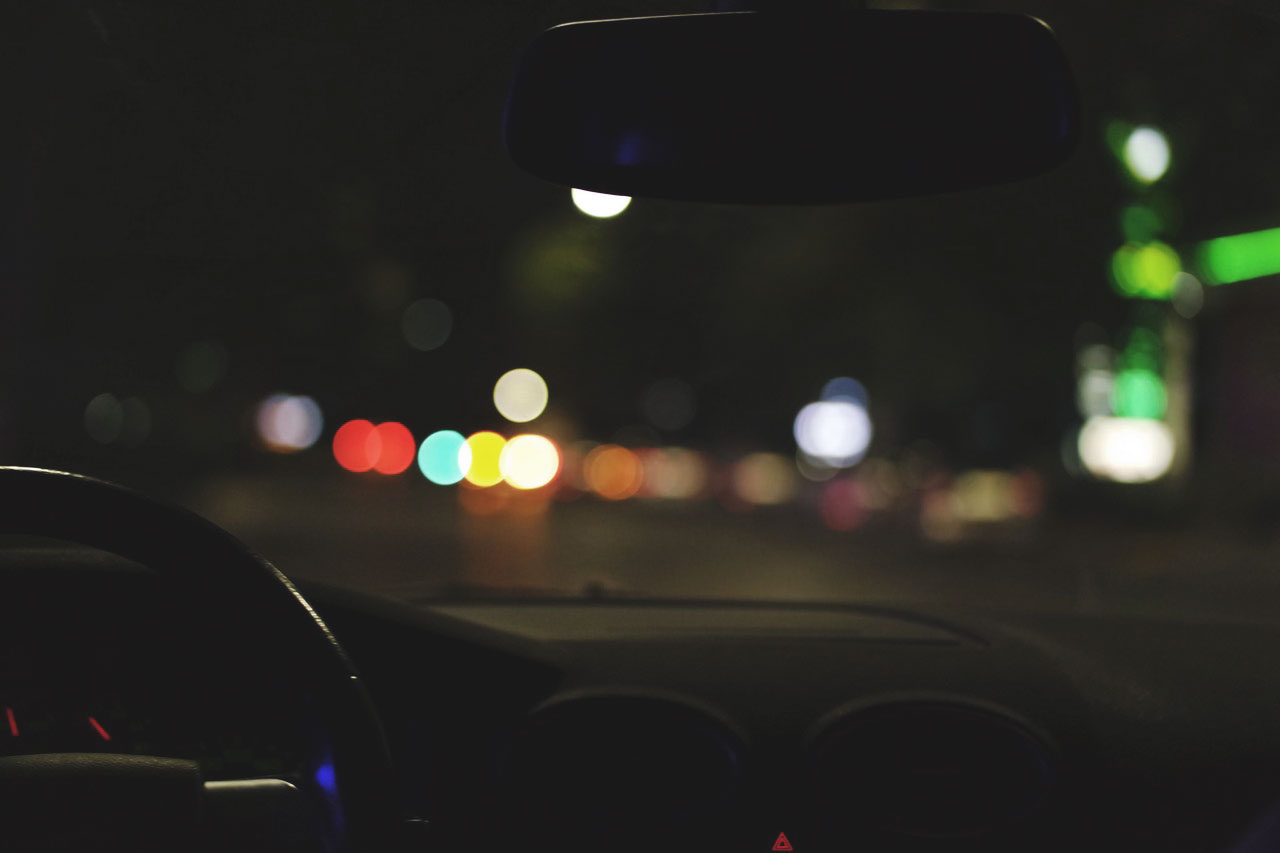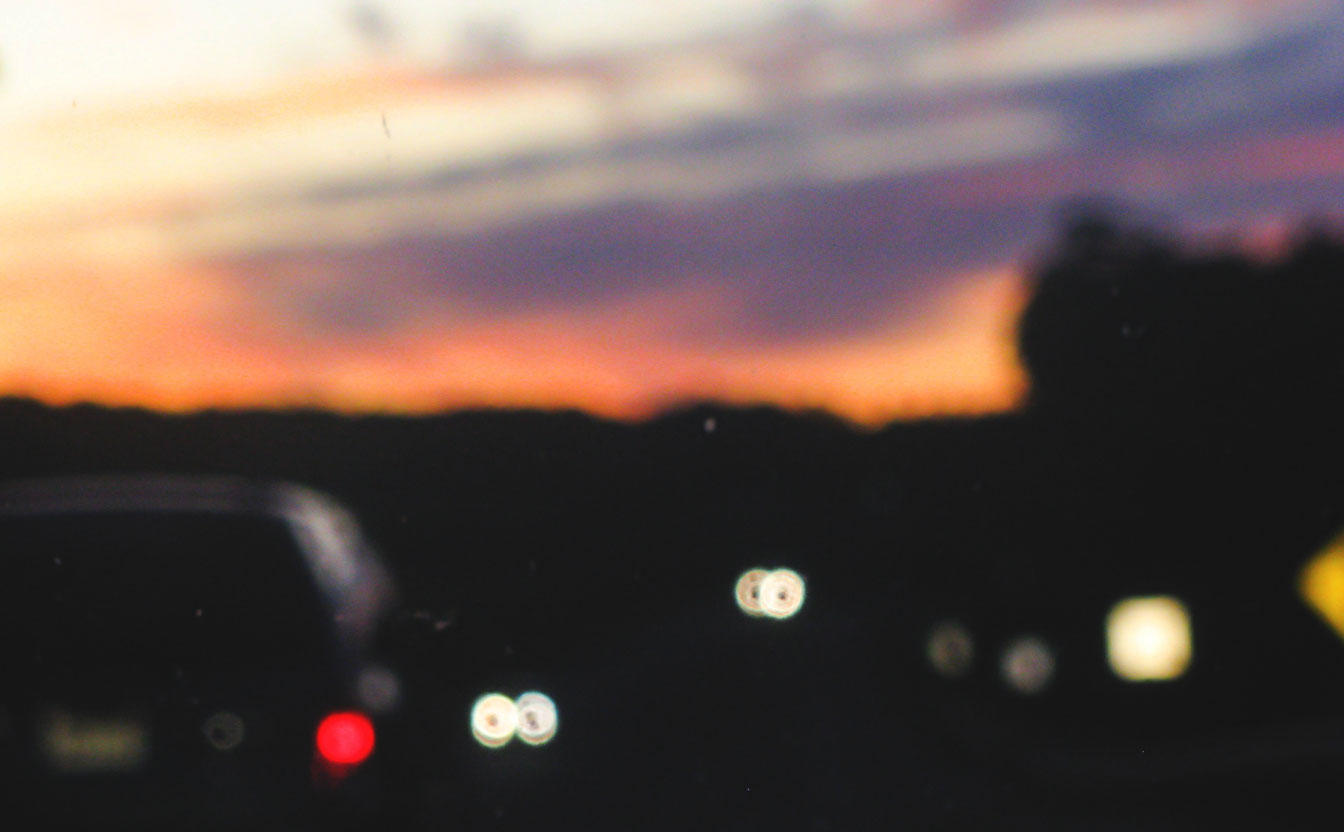Does Daylight-Saving Time Cause More Car Accidents?
You probably enjoyed the extra hour of sleep you got on Sunday. Daylight-saving time ends the first Sunday in November each year and doesn’t begin again until the second Sunday in March. Most people are bigger fans of the end of daylight-saving time, when we “fall back” and gain an hour of sleep, than its […]

November 6, 2017

You probably enjoyed the extra hour of sleep you got on Sunday. Daylight-saving time ends the first Sunday in November each year and doesn’t begin again until the second Sunday in March. Most people are bigger fans of the end of daylight-saving time, when we “fall back” and gain an hour of sleep, than its beginning in the spring when we “spring forward” and lose an hour.
The reason we participate in daylight-saving time is typically to save energy. However, there may be an unintended consequence of daylight-saving time: an increase in car accidents.
A History of Daylight-Saving Time in Indiana

Daylight-saving time was implemented during World War I and World War II to save energy, but its use wasn’t standardized across the nation until 1966. States could still opt out, but cities and individual communities could not. This was part of an effort to standardize bus and airline schedules so people didn’t have to juggle time zone differences from town to town.
Indiana was a late adopter of daylight-saving time. With a time zone border running through parts of northwest and southwest Indiana, separating the state into central and eastern time, daylight-saving time only further complicated things. It wasn’t until 2006 that the U.S. Department of Transportation officially allowed eight of 17 Indiana counties to run on central time and standardized daylight-saving time for all counties in the state. Today, 12 counties in Indiana run on central time, while the remaining 80 run on eastern time. All counties observe daylight-saving time.
Both “Spring Forward” and “Fall Back” Risk Driver Safety

There have been many studies on whether or not daylight-saving time increases car accidents. “Spring forward” has gotten the majority of the focus; after all, losing an hour of sleep combined with a darker morning makes it easy to assume that more accidents would occur. However, “fall back” has its own unintended consequences.
A 2001 study from the National Center for Biotechnology Information (NCBI) gathered 21 years of data from fatal U.S. car accidents and looked at the days immediately following the beginning and end of daylight-saving time. Researchers found that the Monday following the spring shift saw a significant increase in car accidents, presumably when people returned to work after an hour less of sleep. However, researchers also found an increase in car accidents the Sunday after the fall shift. Researchers hypothesized that people stayed out later on Saturday night into early Sunday morning, banking on their extra hour of sleep. This “behavioral adaption” increased late night traffic fatalities caused by driving while intoxicated and driving while drowsy.
How Sleep Deprivation Affects Your Driving

According to the National Sleep Foundation, 60 percent of U.S. adults admit to driving while drowsy, and about 33 percent have actually fallen asleep at the wheel. The effects of drowsy driving are similar to those of drunk driving: at 18 hours without sleep, people drive as if they have a blood alcohol level of .05. After a full 24 hours of being awake, your driving capabilities are similar to a person with a .10 blood alcohol level. Remember, a blood alcohol level of .08 is considered driving while drunk.
Last year, The Washington Post reported on new research from an AAA Foundation for Traffic Safety Report that looked at 4,571 crashes to determine how sleep deprivation affected a driver’s risk for a car accident. The study found that drivers who had slept fewer than 4 of the past 24 hours increased their risk for a car accident by 11.5 percent. Drivers who had slept 4-5 hours increased their risk by 4.3 percent; at 5-7 hours, the risk was only 1.9 percent higher.
The National Highway Traffic Safety Administration (NHTSA) estimates that drowsy driving contributed to 83,000 car accidents between 2005 and 2009. 48 percent of drowsy drivers nod off between 9 p.m. and 6 a.m. Their most recent data suggests that 846 people died in drowsy-driving-related car accidents in 2014.
Help from an Indiana Car Accident Lawyer
We hope daylight-saving time didn’t throw off your sleep schedule too much this week, but it may have affected others on the road. If you’ve been hurt in a car accident due to someone else’s drowsy driving, you may be entitled to compensation. Call Hensley Legal Group today or contact us online for a free case review.